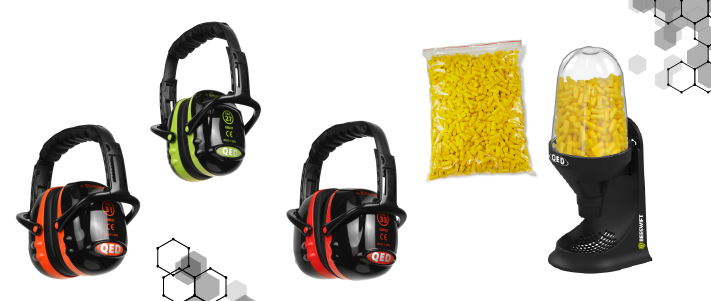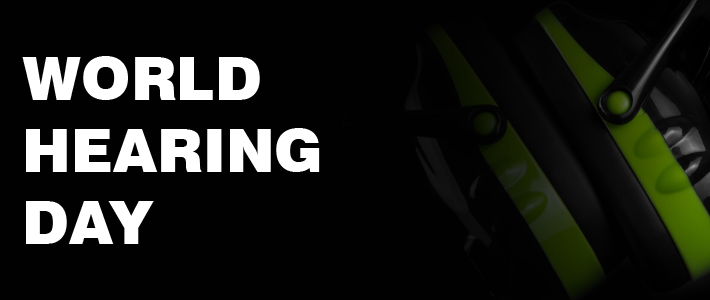WORLD HEARING DAY
World Hearing Day is held on 3rd March each year to raise awareness on how to prevent deafness and hearing loss and promote ear and hearing care across the world.
On World Hearing Day 2022, The World Health Organisation will focus on the importance of safe listening as a means of maintaining good hearing across the life course. In 2021, WHO launched the World report on hearing that highlighted the increasing number of people living with and at risk of hearing loss. It highlighted noise control as one of the seven key H.E.A.R.I.N.G. interventions and stressed the importance of mitigating exposure to loud sounds.
The World Hearing Day 2022 with the theme "To hear for life, listen with care" will focus on the importance and means of hearing loss prevention through safe listening, with the following key messages:
- It is possible to have good hearing across the life course through ear and hearing care
- Many common causes of hearing loss can be prevented, including hearing loss caused by exposure to loud sounds
- ‘Safe listening’ can mitigate the risk of hearing loss associated with recreational sound exposure
- WHO calls upon governments, industry partners and civil society to raise awareness for and implement evidence-based standards that promote safe listening.
What is an SNR rating?
A Single Number Rating (SNR) is a specification used to determine protection levels given by all hearing protection and provides an easy reference to compare the different types of hearing protection. The higher the SNR level the more protection the product gives in a noisy environment. It is commonly thought that 29 SNR would protect by 29dB, but this isn’t accurate. Protection levels can be found out by comparing the Octave Band Analysis (noise testing) of your environment, against the octave band table provided by all hearing protection. The SNR protection is dependent on the level of frequency.
Source: www.protecthear.co.uk

Beeswift Premium hearing protection
Our Ear defenders have a low profile, unique cup design and are manufactured from lightweight materials to form an ergonomic fit. The wearer will see and feel an increase in comfort, combined with style while working in noisy environments.
Suitable for use where the user is exposed to high levels of noise such as industrial zones, construction sites and other noise hazard settings.
Wearers can enjoy long periods of comfort while wearing our Premium ear defenders, thanks to key features such as padded, adjustable headbands for optimum fit. Extra soft memory foam ear cushions give that premium feel that we all deserve.
Along with our premium range of ear defenders we also offer various types of disposable ear plugs. These vary from corded detectable earplugs to dispensed single use ear plugs.

When hearing protection should be used
Hearing protection should be issued to employees:
- where extra protection is needed above what has been achieved using noise control
- as a short-term measure while other methods of controlling noise are being developed
- make sure the protectors give enough protection - aim at least to get below 85 dB at the ear
- target the use of protectors to the noisy tasks and jobs in a working day
- select protectors which are suitable for the working environment - consider how comfortable and hygienic they are
- think about how they will be worn with other protective equipment (eg hard hats, dust masks and eye protection)
- provide a range of protectors so that employees can choose ones which suit them
- provide protectors which cut out too much noise - this can cause isolation, or lead to an unwillingness to wear them
- make the use of hearing protectors compulsory where the law doesn't require it
- have a 'blanket' approach to hearing protection - better to target its use and only encourage people to wear it when they need to
You should not use hearing protection as an alternative to controlling noise by technical and organisational means.
How hearing protection can be used effectively
Do:


